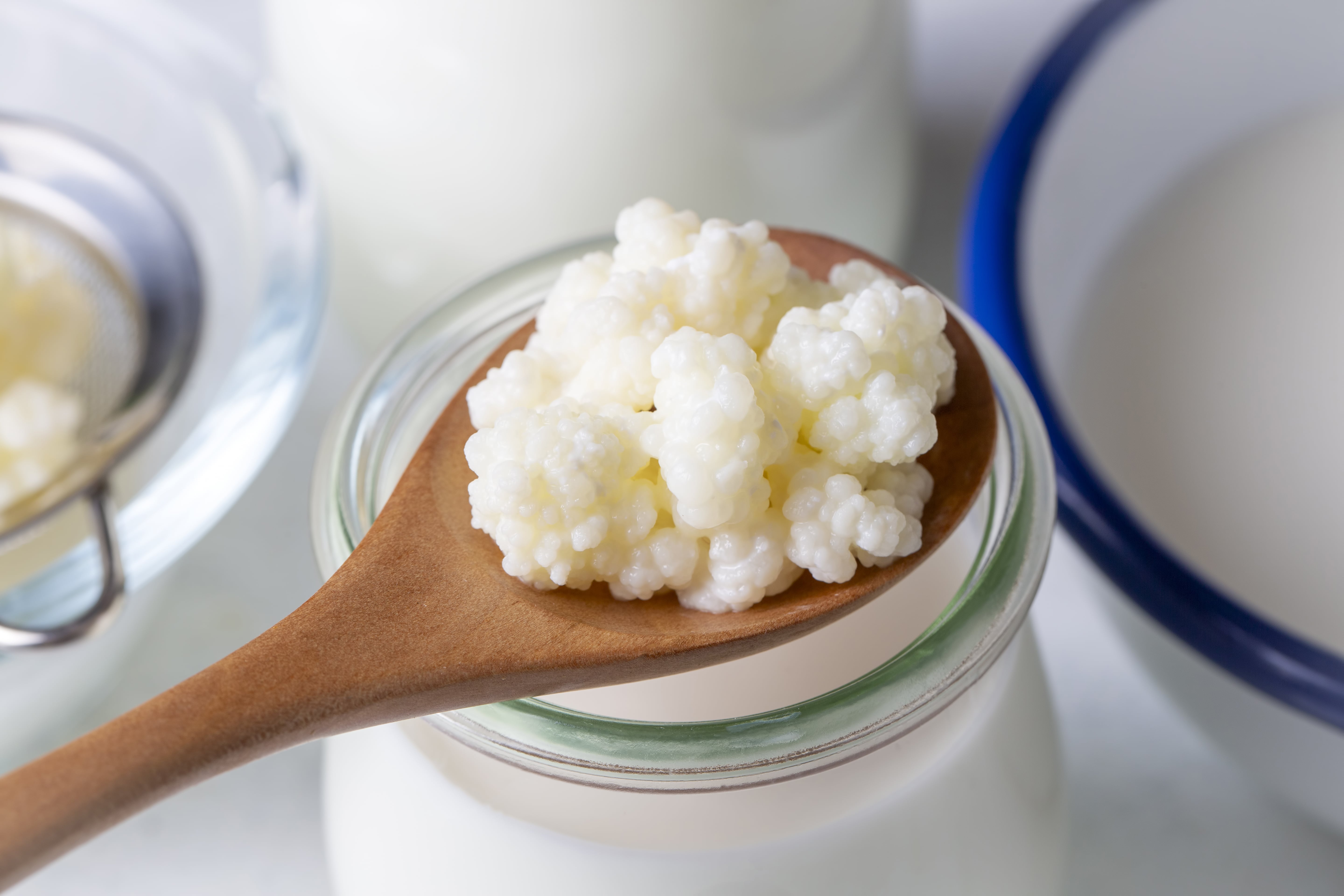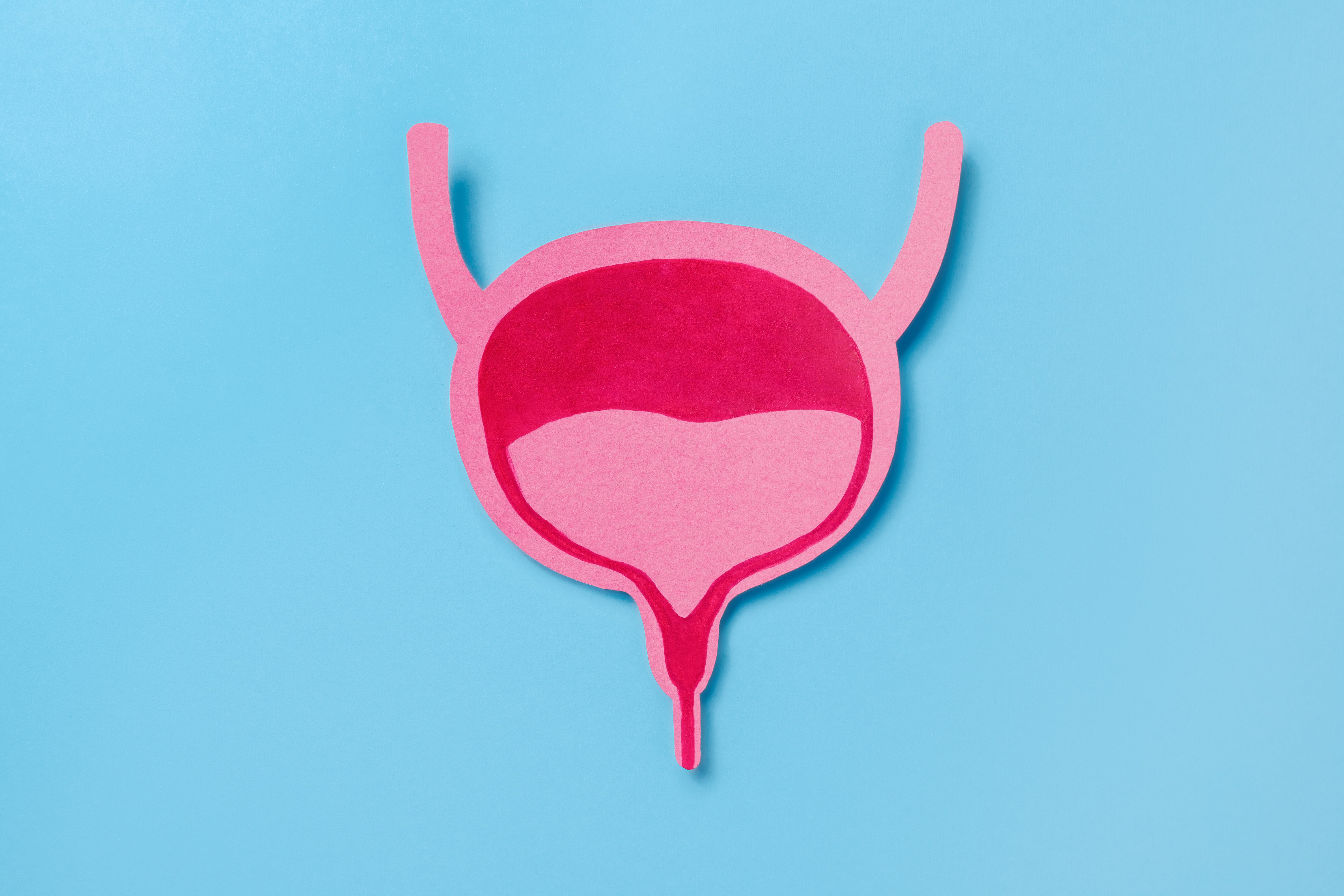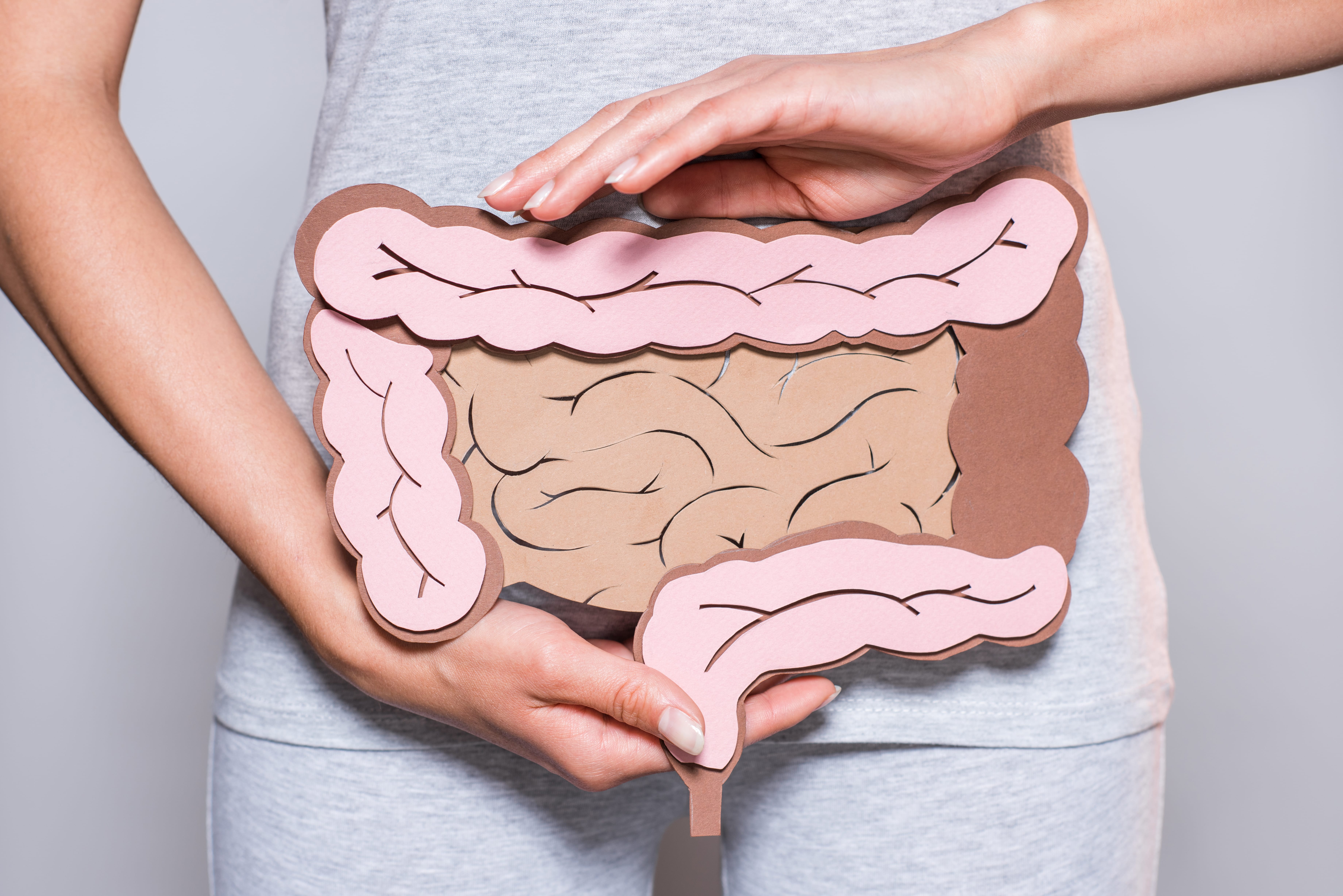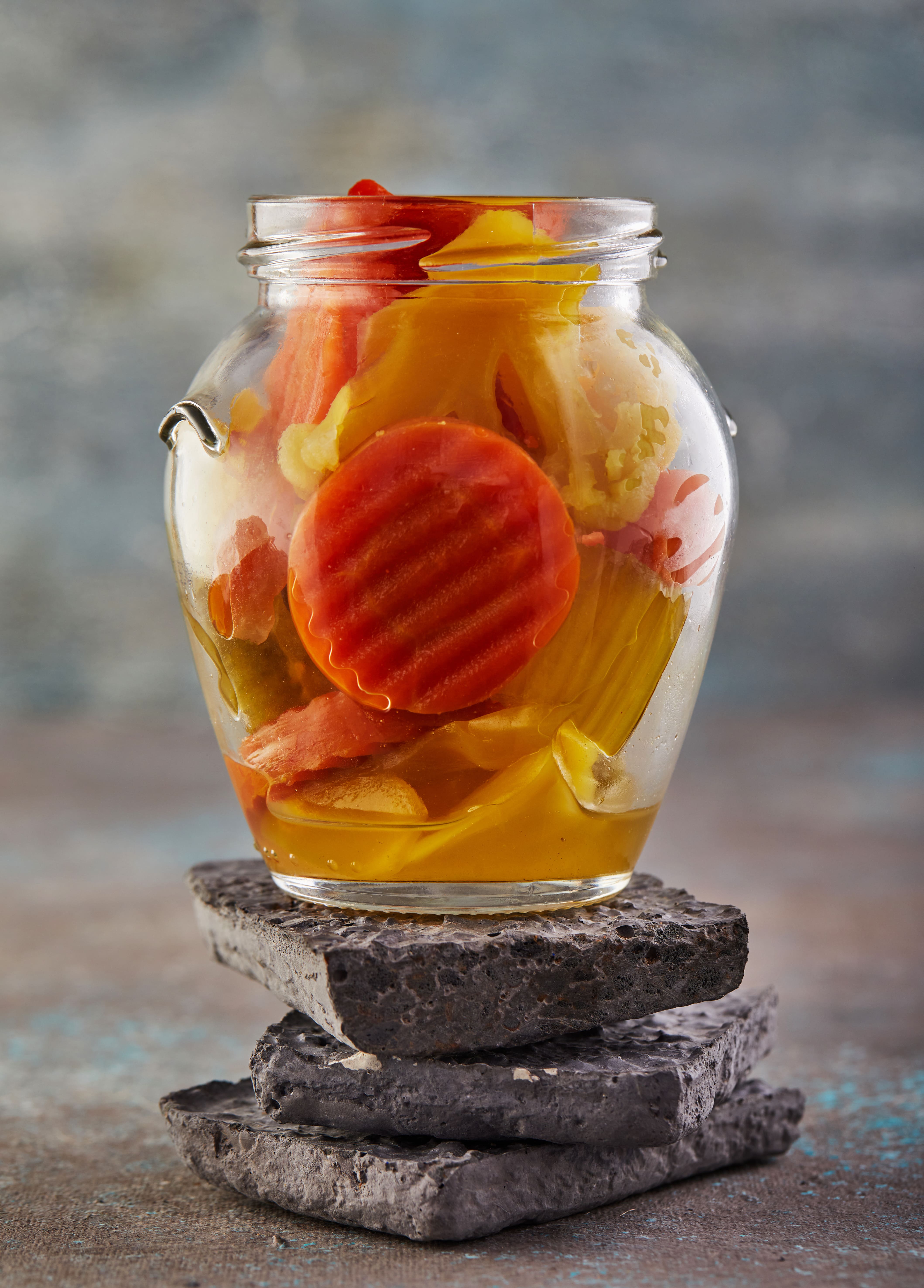The Gut-Vagina Axis: What Every Woman Should Know About Prebiotics, Probiotics, and Postbiotics
- Talia Dali
- Food & Hormones
If fiber is your hormone-friendly detox diva, then prebiotics, probiotics, and postbiotics are her backstage crew — quietly orchestrating balance, immunity, and resilience from the gut to the vagina.
We talk a lot about microbiomes these days. But what does that really mean for women? And why should you care — especially if you’re dealing with bloating, recurrent UTIs, yeast infections, period irregularities, or recovering from antibiotics or surgery?
Let’s break it down.
What Are They?
Prebiotics
These are non-digestible fibers (like inulin, resistant starch, or certain oligosaccharides) that feed the good bacteria in your gut and vagina. Think of them as the fertilizer for your internal garden.
Found in: garlic, onions, leeks, asparagus, bananas, flaxseed, oats, legumes, and chicory root.

Probiotics
These are the live beneficial bacteria themselves. They help maintain a healthy balance of your microbiome — keeping the “bad” bugs in check, supporting digestion, immunity, hormone metabolism, and even mood.
Found in: fermented foods (yogurt, kefir, sauerkraut, kimchi, miso) and supplements.
However, evidence shows that once you stop taking probiotics, your microbiome largely reverts to its baseline within a week or two — meaning the benefits are often temporary.

Postbiotics
The lesser-known but increasingly important players. These are the metabolic byproducts of probiotic bacteria — such as short-chain fatty acids, peptides, and enzymes — which play critical roles in lowering inflammation, strengthening the gut barrier, and modulating immunity.
Think of postbiotics as the magic your microbes make after a good meal.
Why It Matters for Women
Our microbiome isn’t just a digestive issue — it’s a hormonal, emotional, and gynecological one too.
Your gut microbiome and your vaginal flora are intimately linked. In fact, studies have shown that the same species of Lactobacillus found in your large intestine often colonize your vaginal environment. So if your gut is imbalanced (dysbiosis), your vaginal health may suffer too.
Here’s where they matter most:
Recurrent UTIs & Yeast Infections
When Lactobacillus species (especially L. crispatus) dominate your vaginal flora, they create an acidic pH that prevents harmful pathogens like E. coli or Candida from taking over. Antibiotics, poor diet, and stress can wipe them out.
Probiotic support (oral or vaginal) may reduce recurrence
Prebiotics like garlic, chicory root, and leeks support good bacteria growth
Postbiotics can help lower inflammation and repair mucosal barriers

Post-Antibiotic or Post-Surgery Recovery
Antibiotics don’t just kill the bad guys — they wipe out the good ones, too.
After an antibiotic course (or gynaecological surgery), restoring flora is critical
A mix of multi-strain probiotics + prebiotics can help reseed your gut and vaginal microbiome
Postbiotics may help reduce gut permeability (“leaky gut”) and inflammation

Hormonal Health & Mood
Did you know certain gut bacteria play a role in estrogen metabolism? The estrobolome — a subset of your gut flora — helps break down and clear used-up estrogen. Dysbiosis here may lead to estrogen dominance symptoms like painful periods, breast tenderness, and fibroids.
Plus: 90% of serotonin receptors are located in the gut. If your microbiome is out of whack, your mood might be too.

What About Prebiotics and Breastfeeding?
Did you know that breast milk naturally contains prebiotics? These are special types of fiber that help feed the good bacteria in a baby’s gut — building a healthy digestive and immune system from the very beginning. One of the best-known prebiotics found in breast milk is called GOS (galacto-oligosaccharides), and it’s been shown to play a key role in shaping a baby’s microbiome.
That said, not every parent can or chooses to breastfeed — and that’s okay. Whether it’s for medical, personal, or emotional reasons, how you feed your baby doesn’t define your love or your worth.
The encouraging news? Many infant formulas now include prebiotics like GOS to help support gut health in babies who are bottle-fed too. Thanks to science, we’re learning how to bring some of nature’s brilliance into modern nutrition — so every baby gets the best possible start.

Perimenopause & Menopause
As estrogen levels drop, the diversity of the vaginal flora may decline — leaving women more prone to infections, dryness, and discomfort.
Supporting gut health with fiber, fermented foods, and supplements may improve systemic and vaginal microbiota
L. reuteri and L. rhamnosus strains show potential in improving urogenital health in older women
Daily Microbiome Support Checklist
Eat a Diversity of Fiber-Rich Plants
Aim for 25–30 grams of fiber per day, ideally from 30+ plant foods each week. Include fruits, vegetables, whole grains, legumes, nuts, seeds, herbs, and spices. Rotate often.
Add Fermented Foods Daily
Even small amounts help: yogurt, kefir, sauerkraut, kimchi, miso, tempeh, raw vinegar.

Use Probiotics Intentionally
Use after antibiotics or surgery (2–4 weeks), or if you have UTIs, yeast, or IBS (Irritable Bowel Syndrome). Look for broad-spectrum formulas with 10+ billion CFUs and strains like L. rhamnosus GG, L. reuteri, B. lactis, or Saccharomyces boulardii. Vaginal probiotics may be helpful too.
Include Flaxseed Daily
Ground flaxseed is a gentle prebiotic that supports gut flora and estrogen elimination. Start with 1 tablespoon daily, increase to 2.
Stay Hydrated + Manage Stress
Your microbiome thrives in a calm, well-hydrated environment. Aim for 1.5–2 liters of water/day and build in small rituals to reset your nervous system daily.
Final Thoughts
A healthy microbiome is foundational to women’s health. It’s not just about digestion — it’s about immunity, fertility, hormonal balance, and how we feel in our own bodies.
So next time you’re sipping that flax-laced smoothie, remember: you’re not just feeding yourself — you’re feeding the tiny allies that help you stay strong, stable, and well from the inside out.
References
Zmora, N., Zilberman-Schapira, G., Suez, J., Mor, U., Dori-Bachash, M., Bashiardes, S., ... & Elinav, E. (2018). Personalized gut mucosal colonization resistance to empiric probiotics is associated with unique host and microbiome features. Cell, 174(6), 1388-1405.e21.
Arslanoglu, S., Moro, G. E., Boehm, G., & Wahn, U. (2007). Early supplementation of prebiotic oligosaccharides protects formula-fed infants against infections during the first 6 months of life. The Journal of Nutrition, 137(11), 2420–2424.